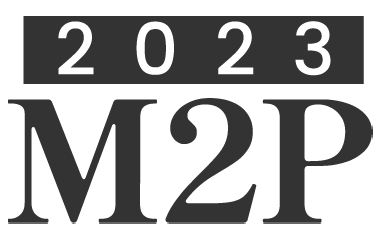
A Non_Intrusive Data_Driven Reduced Order Model For Parametric CFD-DEM Numerical Simulations
Please login to view abstract download link
Granular flows where solid particles are being fluidized by a fluid phase are involved in many industrial applications. Computational Fluid Dynamics (CFD) - Discrete Element Method (DEM) approach [1, 2], which is typically used to simulate such systems, is computationally expensive. In this study, we develop a non-intrusive data-driven reduced order model (ROM) built using the proper orthogonal decomposition with interpolation (PODI) method [3, 4] to address this issue and reconstruct efficiently the dynamics of the fluid-solid interaction by preserving a good accuracy. At full order level, the discretization of the governing equations is based on a Finite Volume method which is widely adopted in both commercial and open-source codes for the numerical simulation of industrial processes. We investigate the performance of our ROM approach in the reconstruction of the time evolution of both Eulerian (fluid volume fraction) and Lagrangian (position and velocity of the particles) variables. Moreover, we introduce a parametric study with respect to the Stokes number. In this context, we introduce two different strategies: the global PODI and the local PODI. The validation studies are based on the classic fluidized bed benchmark [1, 2] and the accuracy of the ROM is assessed against results obtained with the FOM. We also discuss the efficiency of our ROM approach. REFERENCES [1] C. Moliner, F. Marchelli, N. Spanachi, A. Martinez-Felipe, B. Bosio, and E. Arato. CFD simulation of a spouted bed: Comparison between the Discrete Element Method (DEM) and the Two Fluid Model (TFM). Chemical Engineering Journal, 2018 [2] Mori and M. Sakai. Development of a robust Eulerian–Lagrangian model for the simulation of an industrial solid–fluid system. Chemical Engineering Journal, 406, 2021 [3] S. Li, G. Duan, and M. Sakai. Development of a reduced-order model for large-scale Eulerian–Lagrangian simulations. Advanced Powder Technology, 33, 2022 [4] A. Hajisharifi, F. Romanò, M. Girfoglio, D. Bonanni and G. Rozza. A non-intrusive data-driven reduced order model for parametrized CFD-DEM numerical simulations. In preparation, 2023.


